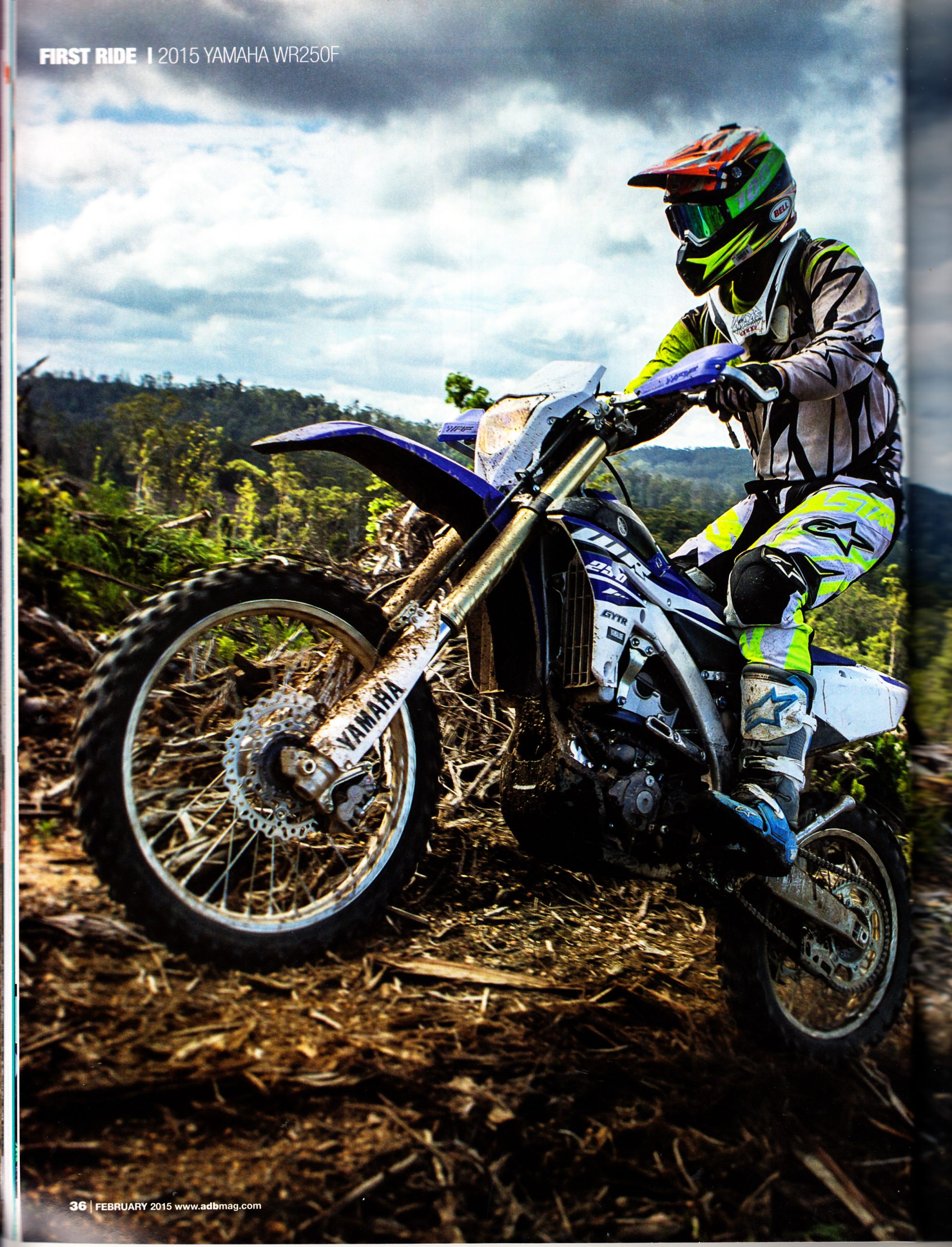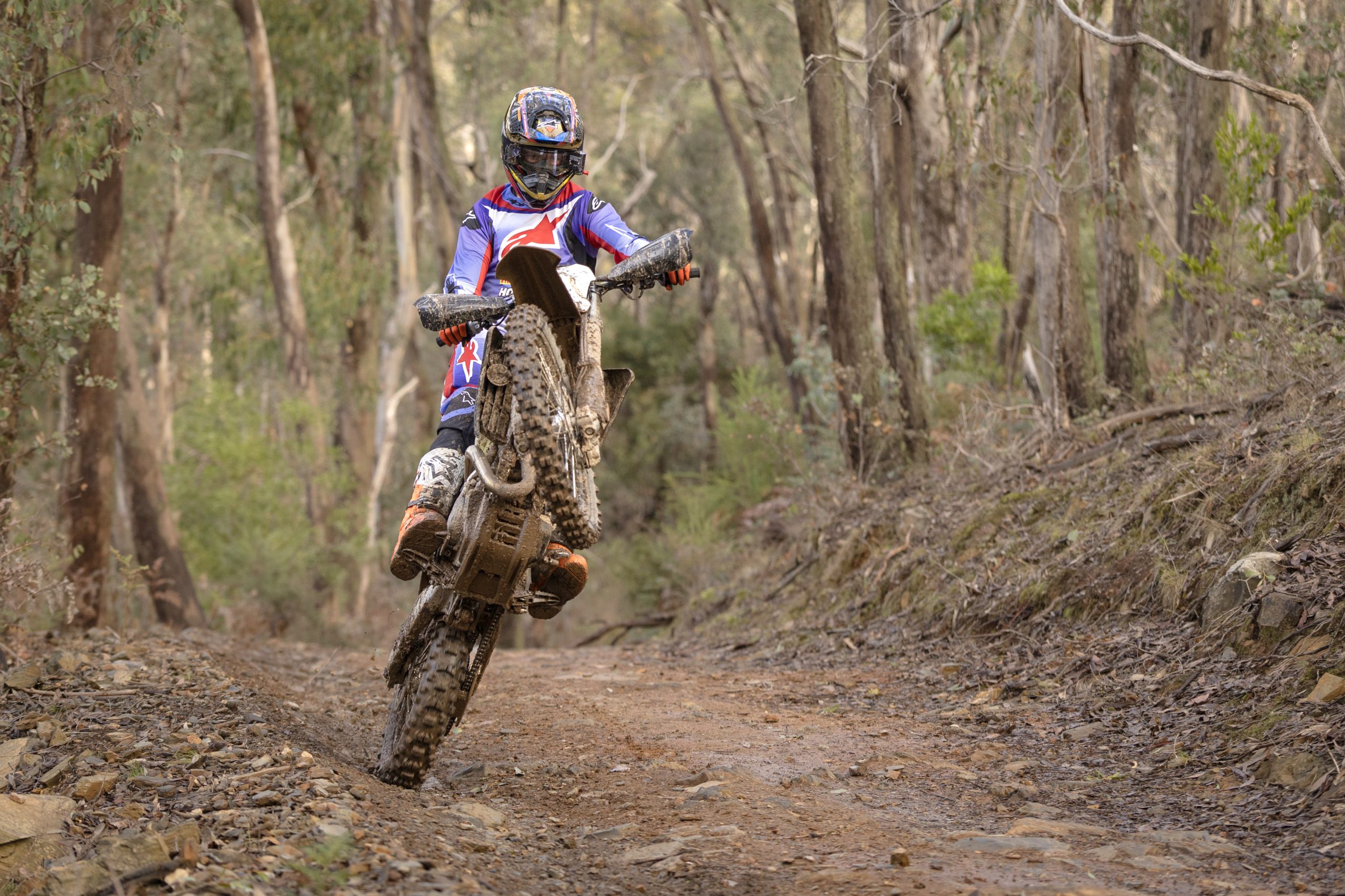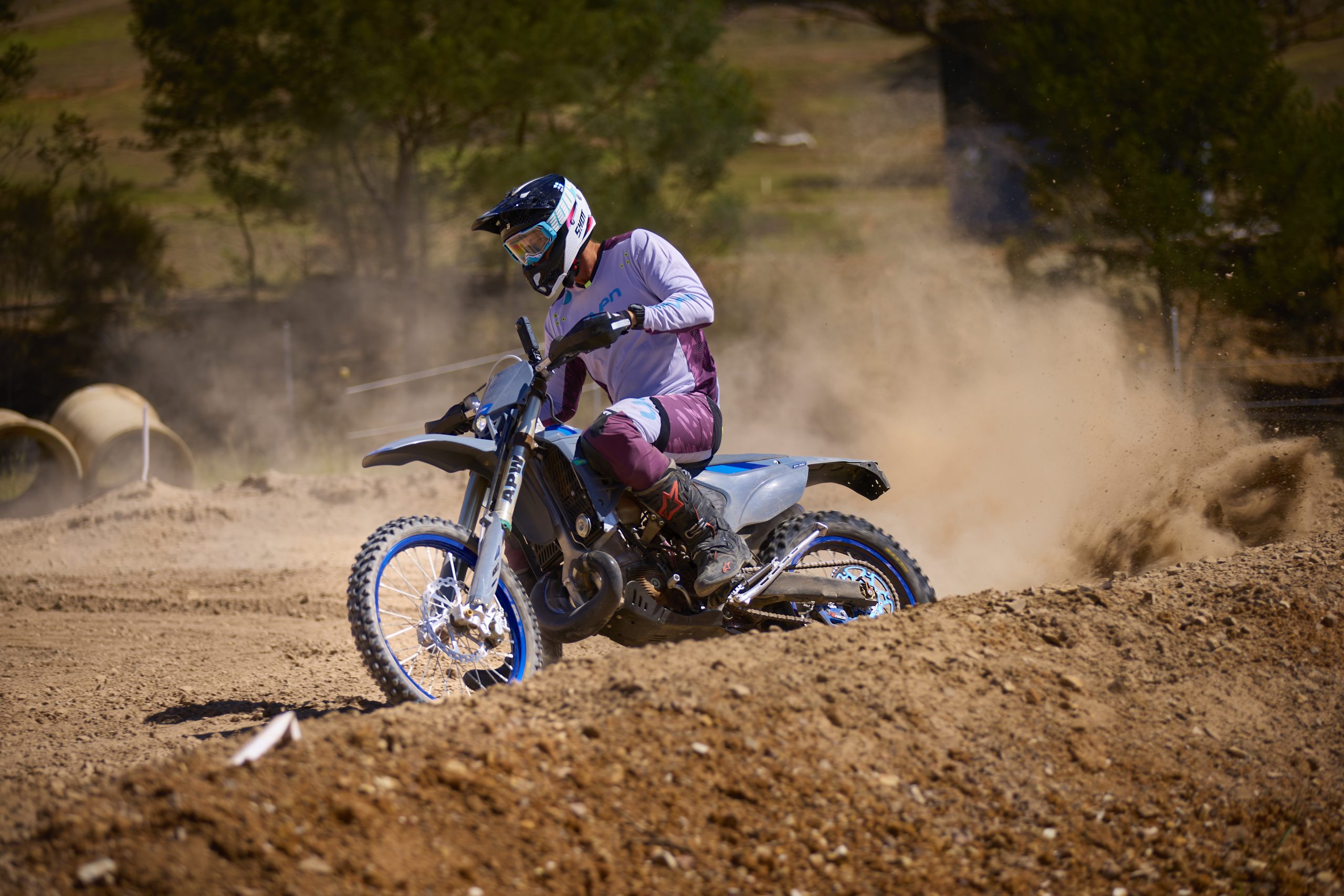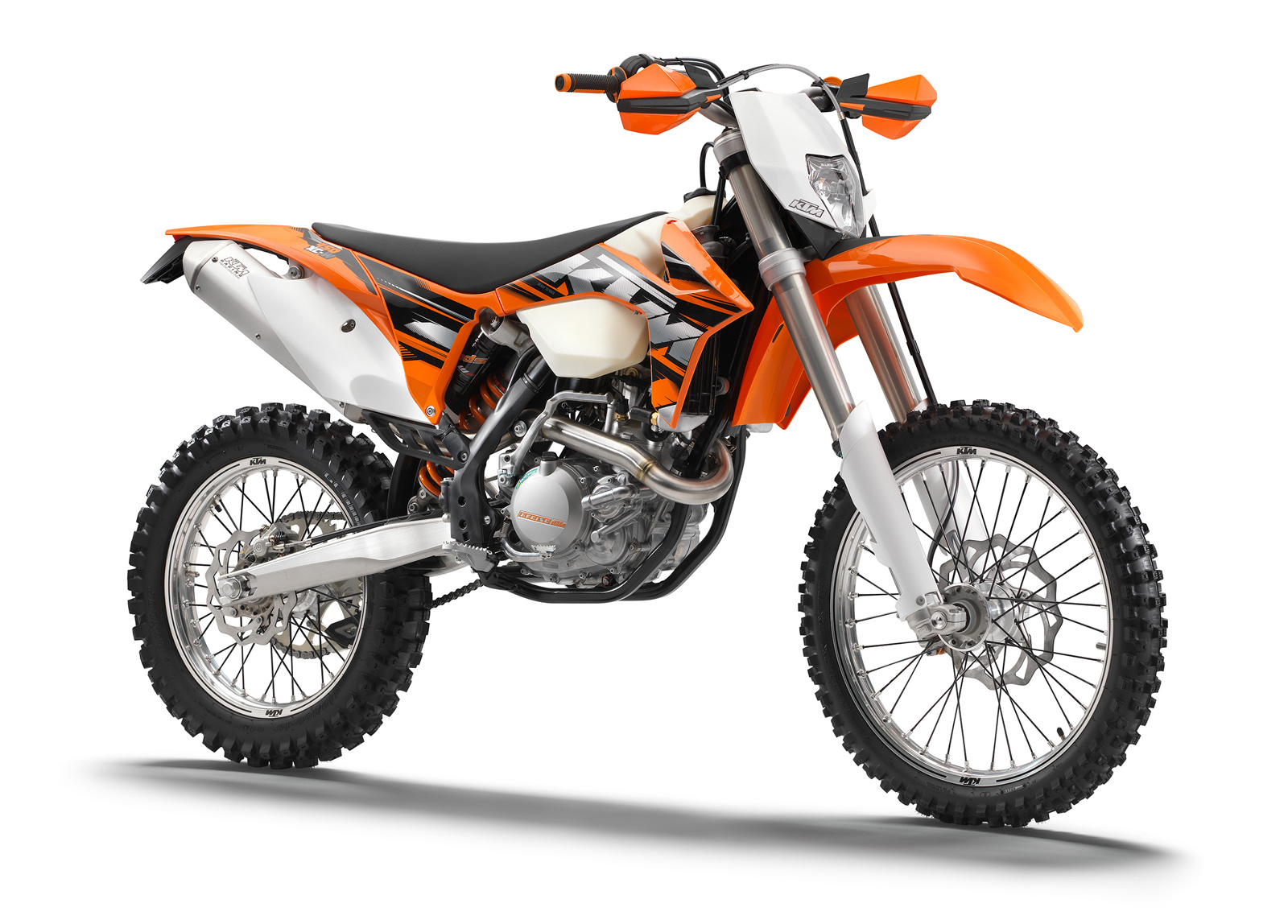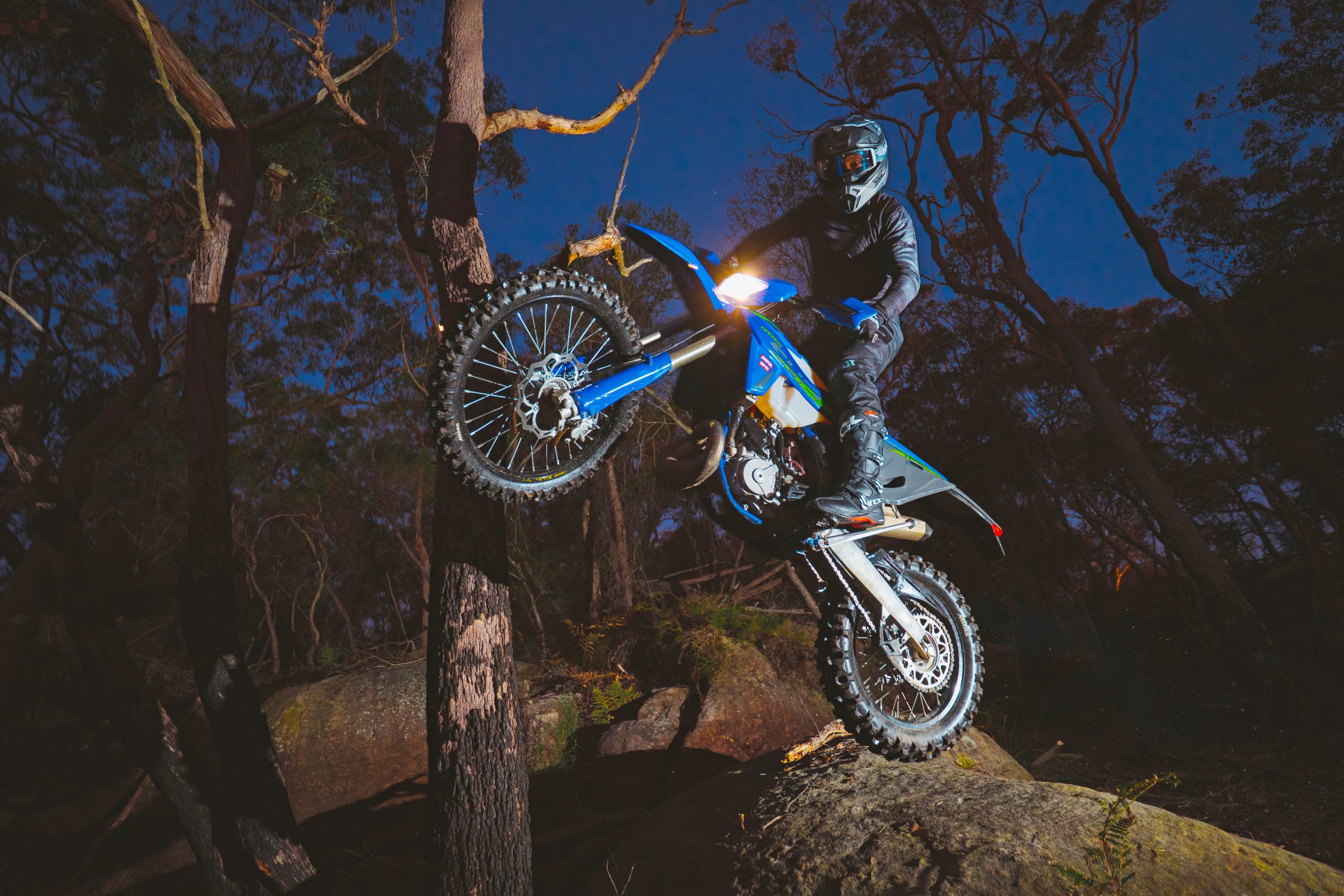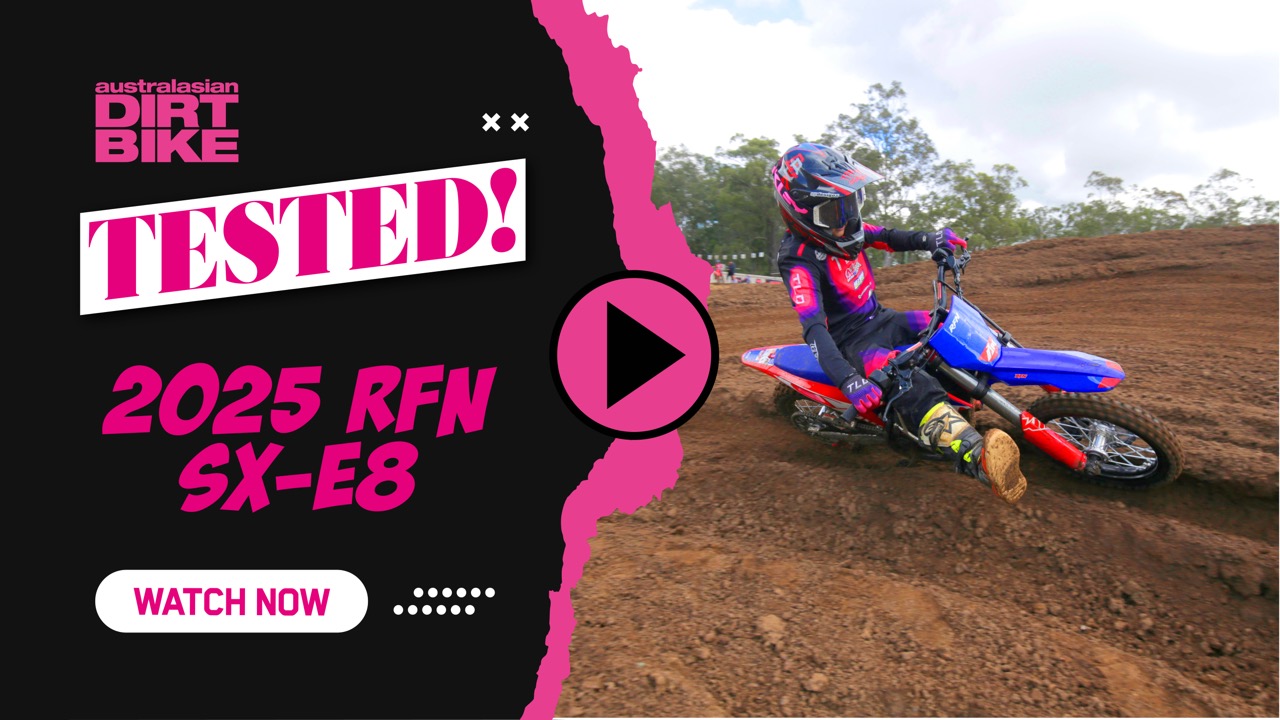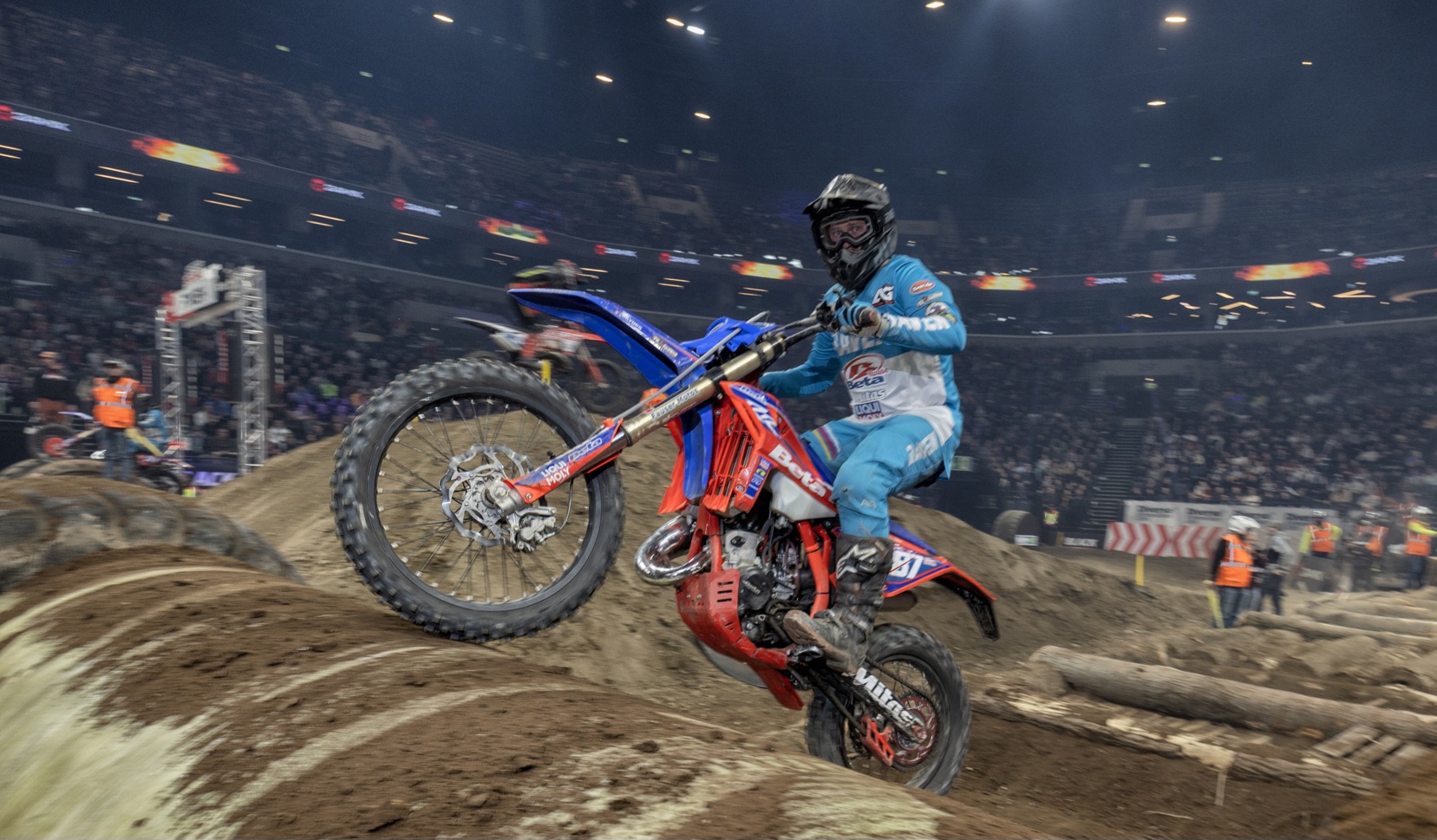During the warmer summer months in 2023 we had the opportunity to twist the throttle again on the mighty 2023 Kawasaki KLX300R. It was a good reminder of the kind of trailbike the Japs can still produce if they feel the urge. Those hot summer days that we endured while testing the 2023 Kawasaki KLX300R did gave us a good chance to test some of the modern-day accessories found on a trailbike in 2023 compared with an old-school trailbike from the 90s, most notably the cooling, starting and fuel metering.
So, we thought we’d put these components to the test in the most gruelling conditions. A two day trailride in 40-degree heat through rocky terrain and beach sand. Perfect.
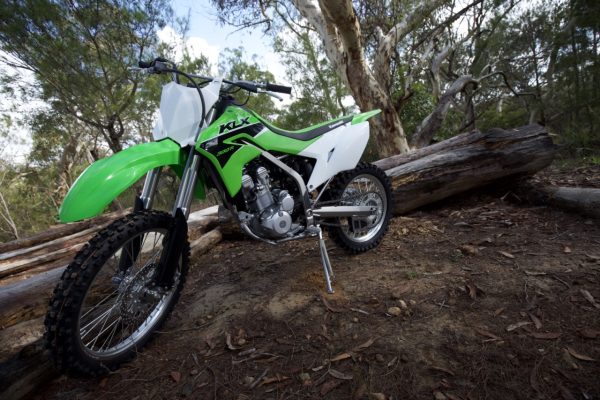
TOO HOT TO HANDLE
I’ll be straight up with you, we did boil the 2023 Kawasaki KLX300R but not from over-riding. The ignition was left on, running the battery flat. We were able to bump start the bike but we decided not to run it up the road to recharge the battery as the bike is unregistered. Instead, we let it sit on the bitumen driveway and idle. We figured this would be the best chance to see how long it takes to boil.
After about 15 minutes of idling the bike got too hot. It hadn’t moved, it just sat there on a bitumen driveway in 40-degree heat. We switched it off and let the kettle cool down. It’s probably worth mentioning that an old-school trailbike with no radiators but cooling fins and oil in the frame would also cook itself eventually if left to idle on a hot bitumen driveway.
Once the bike had cooled enough, we took the radiator cap off and to our surprise the radiators were still full. We didn’t even bother topping them up as the coolant it had spat was negligent. We screwed the cap back on and went for a squirt to see if we could boil it again.
While out riding and with the air in its hair, the KLX300R didn’t boil again. The fuel-injected, single-cylinder, four-stroke motor was incredibly reliable and we couldn’t believe how torquey it was. It felt more like the XR400 engine but with more accurate throttle response when opening the throttle and better response when whipping it up.
The power flattened off a little up top, as expected, but we could still pull what felt like 100km/h (the KLX300R does not have a speedo so we couldn’t measure speed) and the rev range felt strong all the way through. There weren’t any noticeable dips in power and while it didn’t launch like a Yamaha WR250F, it felt just as torquey and strong giving the motor a strong overall feel.
If Joe Average tried to race a WR250F through the single track, it wouldn’t be the motor that slowed him down. With the exception of open fire road, I can’t see where a race-bred engine would outrun this engine. It’s torquey, strong and super easy to ride. Just don’t leave it sitting idle on a driveway in the middle of summer.
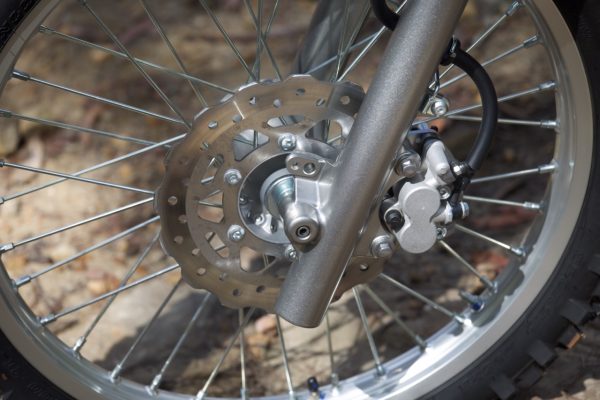
KICK IN THE GUTS
When we first wheeled the KLX300R off the trailer, it wouldn’t start. We realised the ignition button had been left on and despite not being hooked up to any lights or a tachometer, we still assumed that was the reason for the flat battery.
Being a designated trailbike we reached for the kickstart lever only to discover it wasn’t there! A staple on the XR and TT-R range was a kickstart lever. This was largely because they didn’t actually have electric start back then and if they did, you’d be lucky if it lasted more than six months. The modern day electric start is pretty good and despite the KLX300R running flat, we were able to get enough life back into the battery just by idling it on that infamous driveway.
Once we went for a decent ride it fully recharged the battery and it started every time with no problem. But, seeing as how it is a trailbike and not an enduro bike, weight isn’t a big issue so I’d like to see Kawasaki Japan give the KLX300R a kickstart lever, just in case.
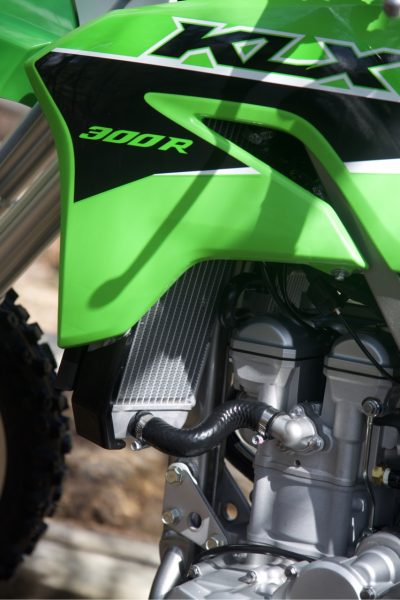
INJECTION DIRECTION
The other major change for a modern-day trailbike is the addition of injection. The Honda CRF250F and the Kawasaki KLX300R both run injection and both systems are very good. I can hear a few old warhorses banging on about how a trailbike should have a carburettor but those days are redundant, even for trailbikes.
The injection system in the Kawasaki KLX300R performed flawlessly. It never skipped a beat and whether we were riding through sand or up and down hills, it never hindered the power. Something a carburettor can’t brag about.
We rode a variety of different surfaces including beach sand and tall mountains, and you’d need to make at least two jetting changes in one of the 90s trailbikes to maintain the same consistent performance that we got from the EFI system in the KLX300R. It’s important to realise the injection system, especially in four-strokes, is far superior in a modern day machine than the old-school carburettor. While I can hear trail diehards banging on about EFI meaning more parts to break, in the last decade of testing bikes for ADB I have never had a fuel injection system shit itself just from trailriding.

USD FORK OR CONVENTIONAL FORK?
Remember those old school forks found on the XR and TT-R that had that black rubber outer that looked like a rubber spring? Well they’re commonly known as a conventional fork. The fork in the KLX300R is called a USD or upside down fork. It is different because it is essentially, upside down.
By inverting the fork, manufacturers were able to create more resistance and a more progressive action. If it tuned for trailriding, like the KLX300R or even the GASGAS Enduro range, they can still be plush and soft.
The USD-type fork is often mistaken for only being firm but, when tuned like the KLX300R, the suspension is anything but firm. In fact, the KLX300R suspension felt soft enough to absorb the small bumps and just firm enough to jump things like erosion mounds. It is still one of the softest USD forks we have ever used but for the KLX300R’s purpose, trailriding, this is a very good thing.
Trust me, if you’re trailriding at a medium pace all day, you don’t want KYB gear, that’s only going to beat you up. You want what the KLX300R has. It doesn’t have copious amounts of adjustment but there’s really no need to go chasing that tiny improvement when you’re just trailriding. If it works and is comfortable, which it is, just ride it as is.
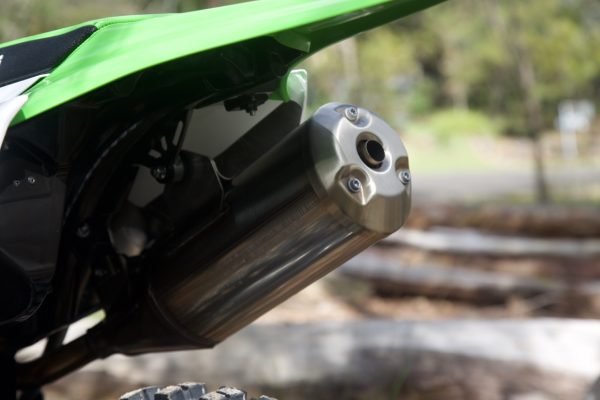
NEW KING OF THE TRAILS?
The Kawasaki KLX300R is an excellent trailbike and the only thing we didn’t like about it was the fact you can’t register it. The motor is incredibly rider-friendly but still has plenty of boogie if you ride it like you stole it. The suspension just works, for trailriding and the ride and ergonomics feel so much lighter and better weighted than my 1998 Honda XR250 I first started trailriding on.
Can it dethrone the DR-Z400? Well they’re kind-of in different pools, one being registerable and more of a dual purpose bike and the other not. But one things for sure, it has certainly dethroned the humble 90s trailbike in our view.
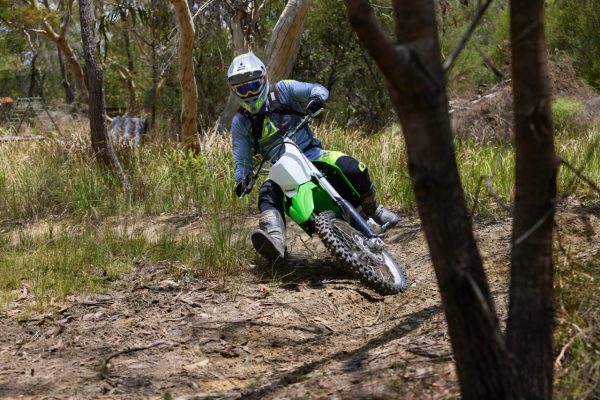
WHO DOES IT SUIT?
- Farmers wanting to ride with kids.
- People on a decent block of land that don’t need rego.
- People looking to save a few bucks.
- Riders who only plan on riding at organised events that don’t need rego.
- Trailriders in Victoria and Tasmania where rec rego is possible.
- Trailriders who only plan on riding at ride parks.
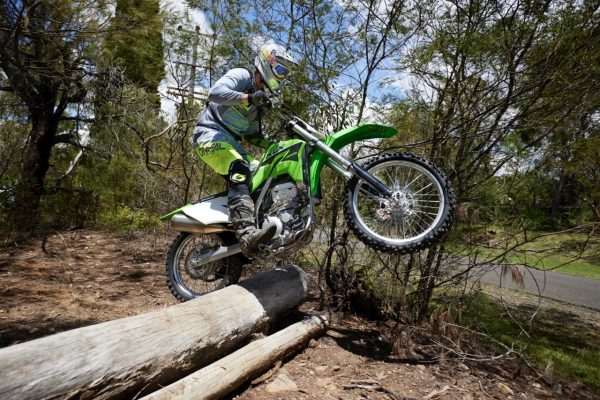
Specs
Engine Four-stroke, single-cylinder, DOHC, four-valve
Displacement 292 cc
Bore x Stroke 78.0 x 61.2mm
Compression Ratio 11.1:1
Fuel System Fuel injection
Starting Electric
Cooling Liquid-cooled
Transmission 6-speed, return
Clutch Cable, multi-disc
Front Suspension 43mm inverted fork with adjustable compression damping
Rear Suspension Uni Trak, gas-charged shock with piggyback reservoir, adjustable compression and rebound damping, and adjustable spring preload
Front Tyre Dunlop 80/100-21
Rear Tyre Dunlop 100/100-18 59M
Front Brake/s Dual piston, Semi-floating 270 mm petal disc
Rear Brake Single piston, 240 mm petal disc
Wheelbase 1,435 mm
Ground Clearance 300mm
Seat Height 900 mm
Weight (wet) 128 kg
Fuel Capacity 7.9 litres
RRP $7629
Browser Kawasaki.com.au
